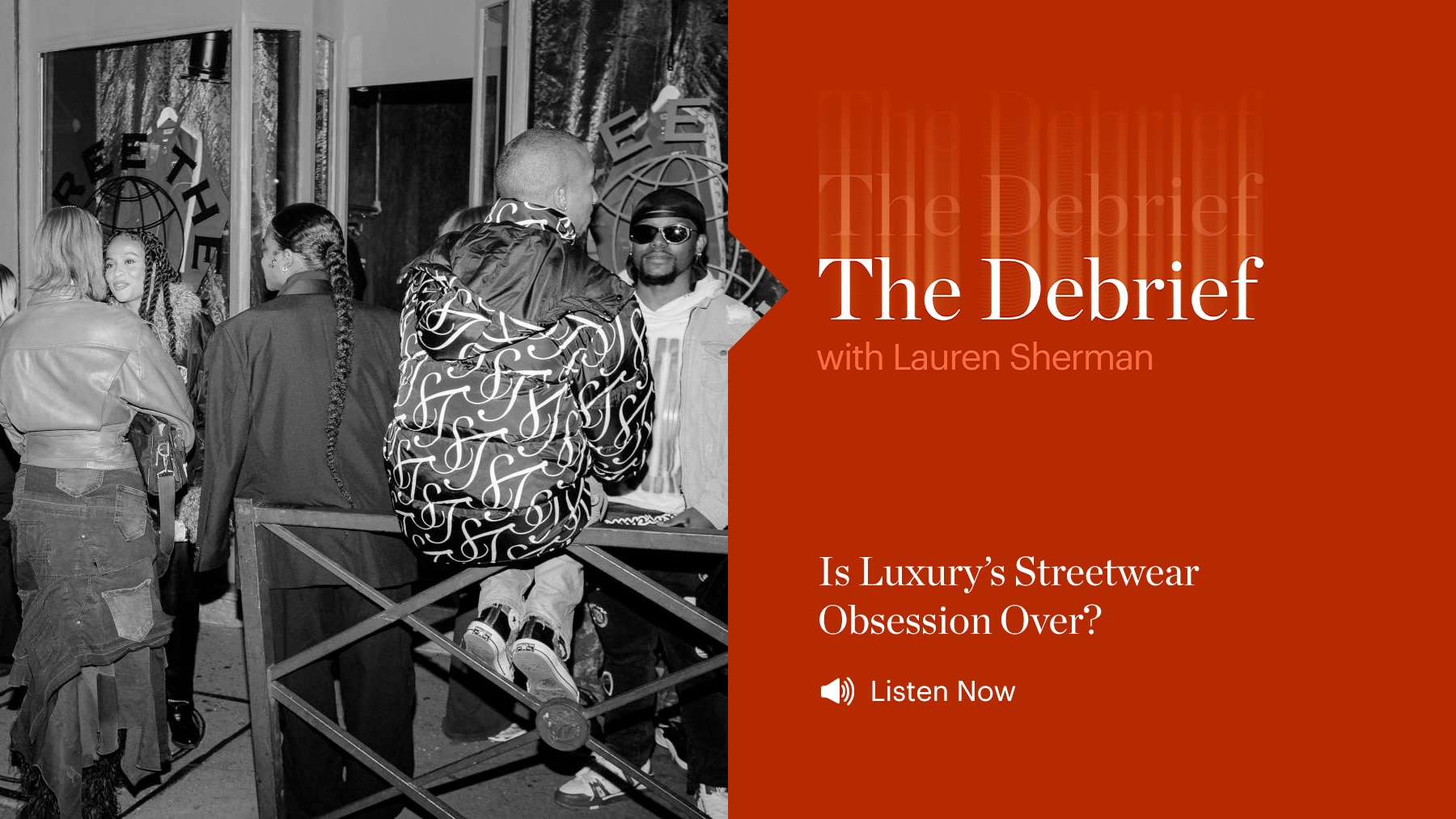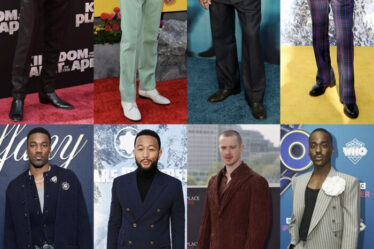
Follow The Debrief wherever you listen to podcasts.
Background:
After years of build up, from its origins in cultural movements like New York’s hip-hop scene and LA’s skating community to early commercialisation in the early 2000s from brands like Fubu and Stüssy and Japanese designers Nigo and Hiroshi Fujiwara, by the late 2010s, streetwear found itself at the centre of luxury fashion. The breaking point came in 2018, when, after success at his label Off-White, Virgil Abloh was named creative director of Louis Vuitton.
But lately, streetwear institutions like Bape and Stüssy have been losing heat — and luxury brands are pivoting away from streetwear staples like hoodies and sneakers.
“Streetwear brands are more commercial and less connected to the actual street culture where they found their roots,” said BoF editorial associate Daniel-Yaw Miller.
Key Insights:
- Streetwear brought items like puffer jackets and hoodies, graffiti details and logo-centric designs to high fashion runways.
- Lately, designers have been more focused on harder shoes, knitwear and tailoring. But, streetwear-centric items haven’t disappeared from brands’ assortments, they’re more absorbed into the core offerings — and in consumers’ day-to-day wardrobe.
- A new crop of brands, including Daily Paper, Corteiz and Free The Youth, are making the case for streetwear’s enduring fashion relevance.
- Streetwear mainstay Supreme is still driving growth with its savvy marketing and collaborations. Owner VF Corp. said it expects the label to generate $600 million in revenue this year — up from $500 million when it was acquired in 2020.
Additional Resources:
- Why Supreme Sold to VF Corporation: In a deal that values the New York streetwear brand at $2.1 billion, Supreme picks up a long-term partner with back-end prowess and ambitions to scale it past $1 billion in annual sales.
- Is Streetwear Still Cool? Luxury brands may have pivoted away from sneakers, puffer jackets and hoodies, but new labels like Corteiz and Free The Youth are making a case for street culture’s enduring relevance in fashion.



